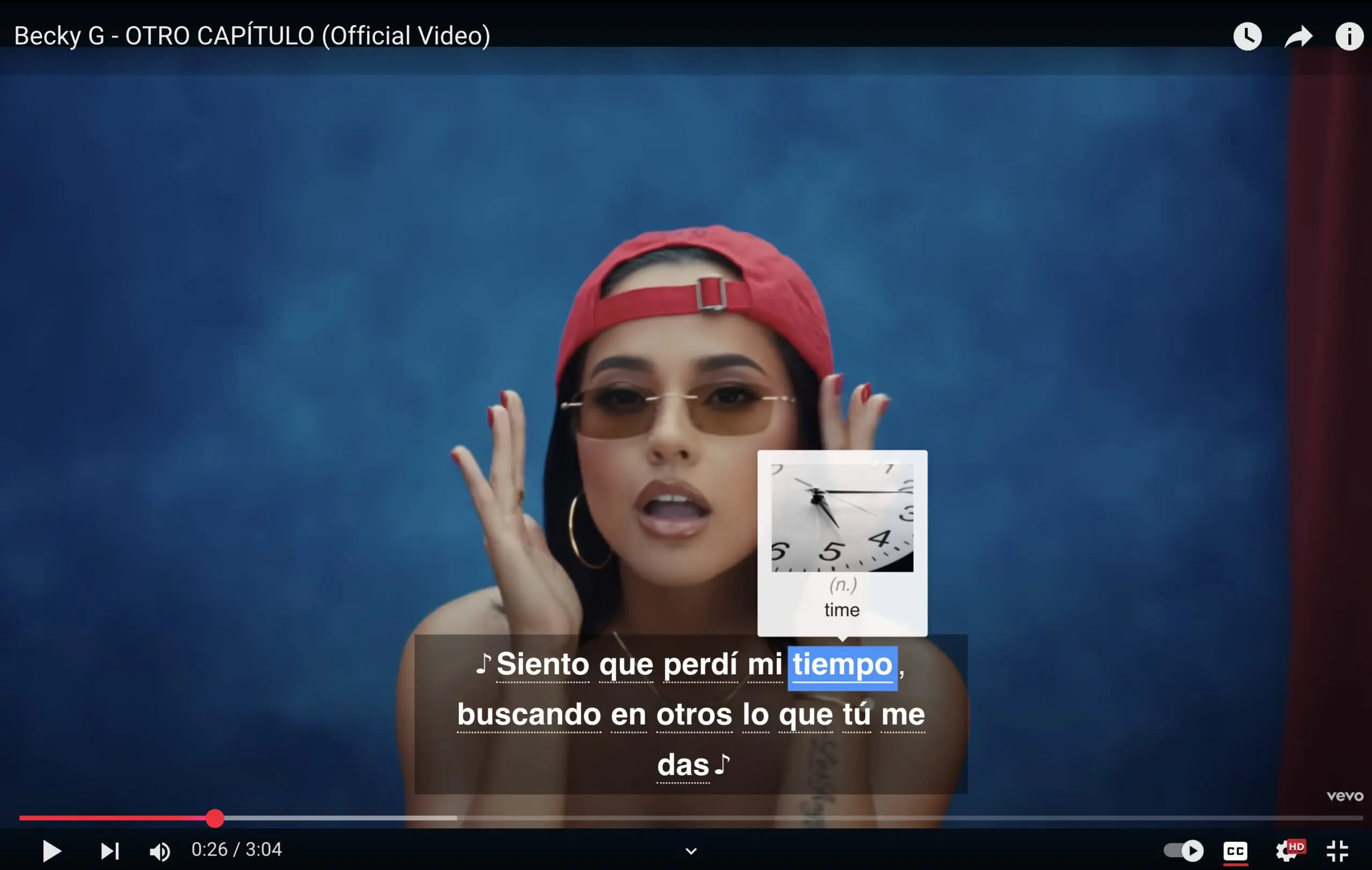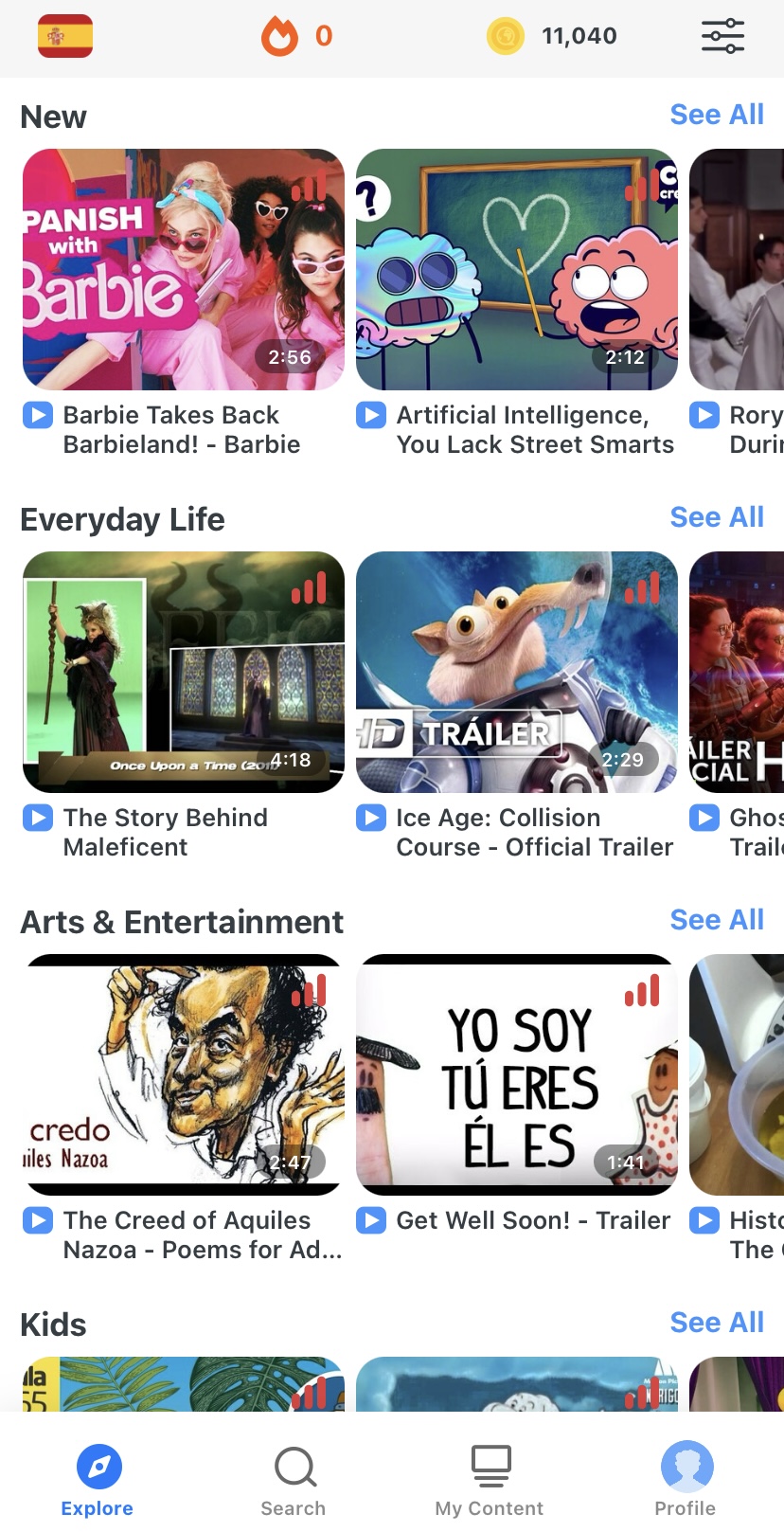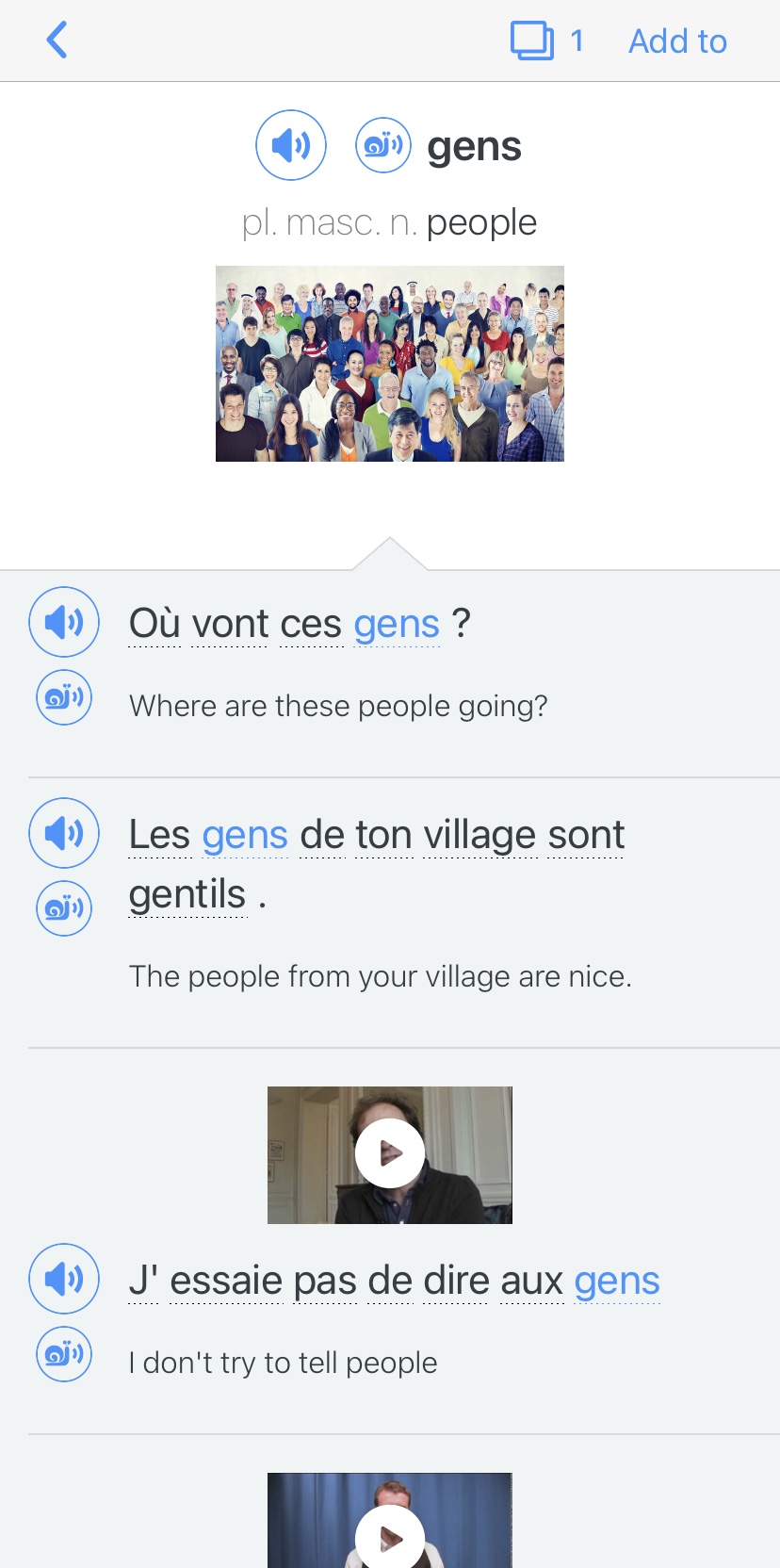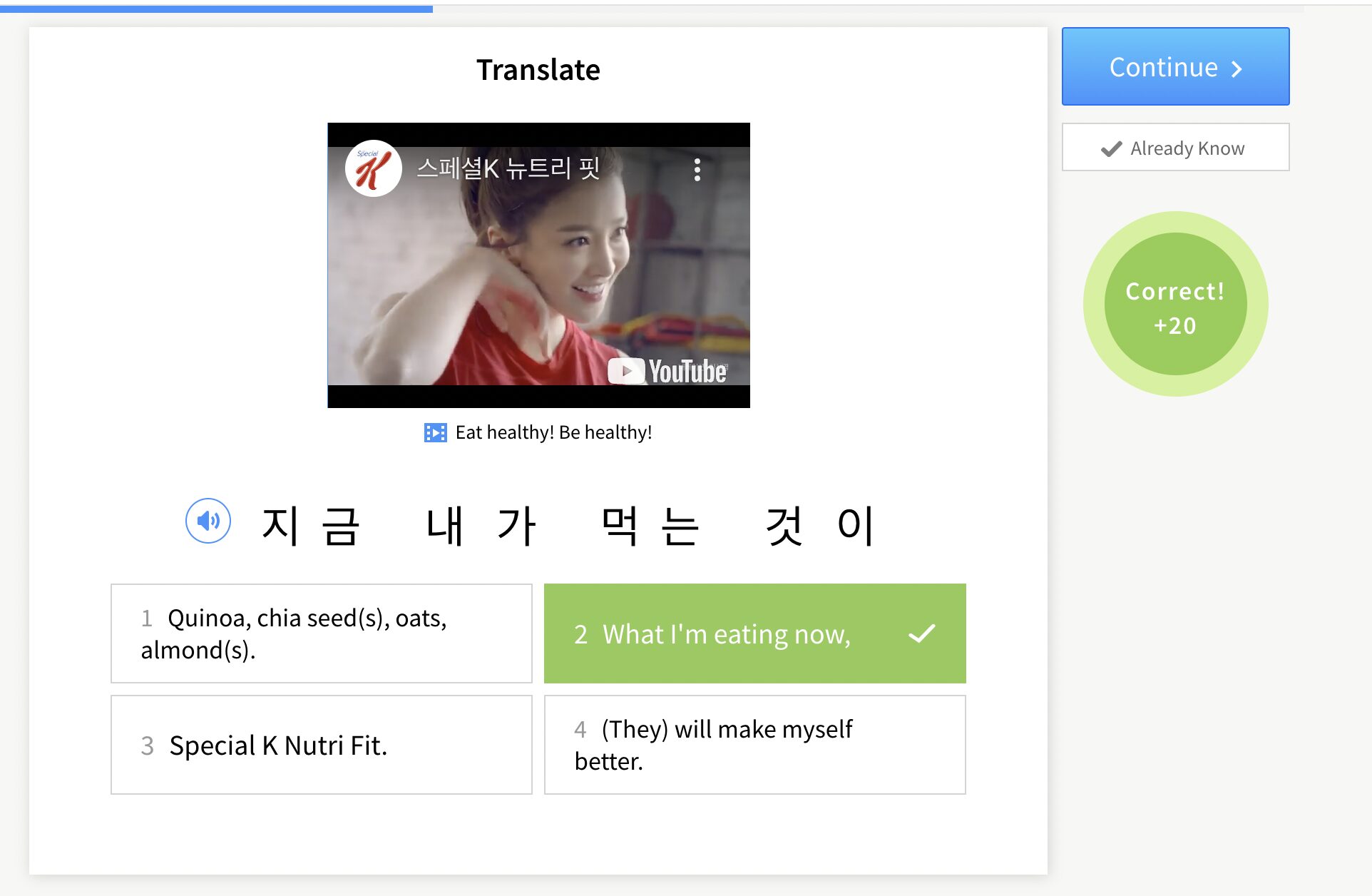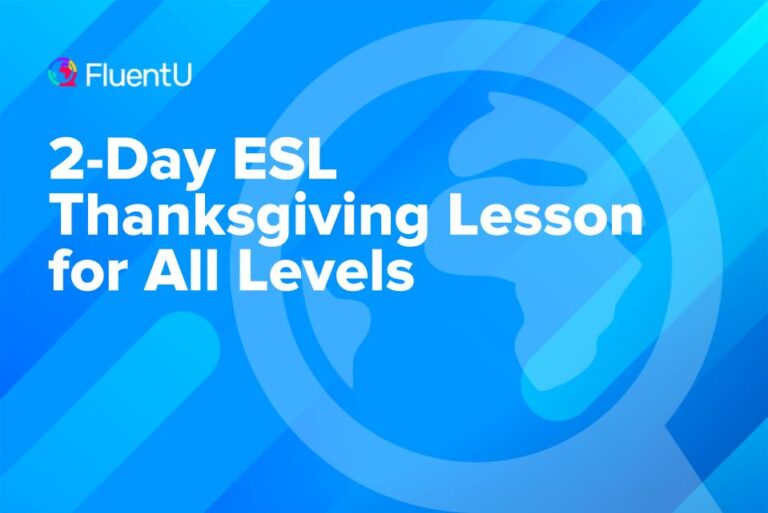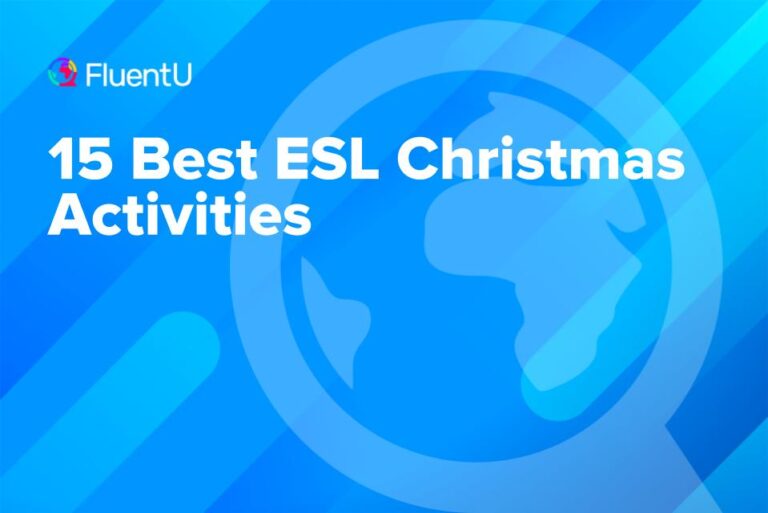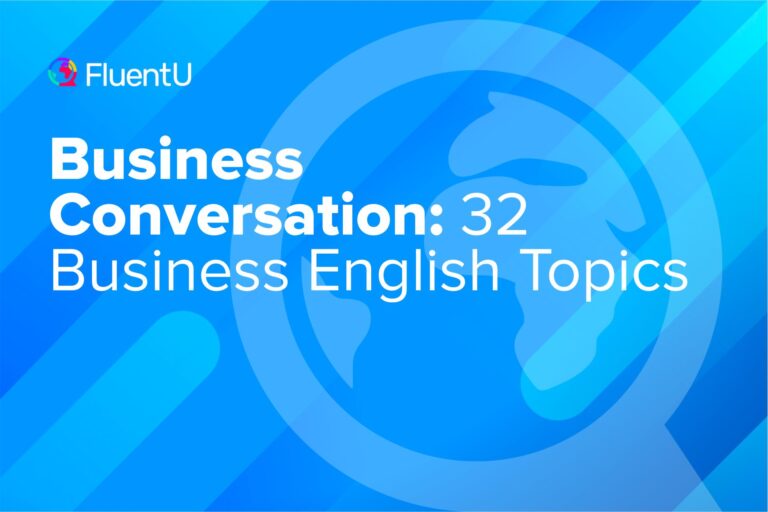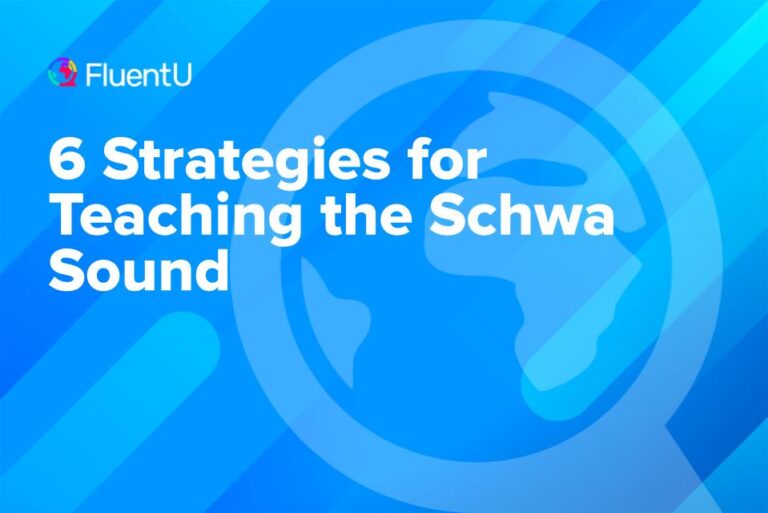Contents
- 1. What Are You Thankful For?
- 2. The Perfect Meal
- 3. Pass Your Plate
- 4. The Turkey Bowl
- 5. Everyone Loves a Parade
- 6. Thanksgiving Bingo
- 7. Thanksgiving Charades and Pictionary
- 8. Thanksgiving Survey
- 9. The Good Old Days
- 10. Turkey How-to
- 11. Thanksgiving Vocabulary Through Stories
- 12. Truth Versus Myth
- 13. Thanksgiving Idioms
- And One More Thing...
13 Interesting Thanksgiving ESL Activities
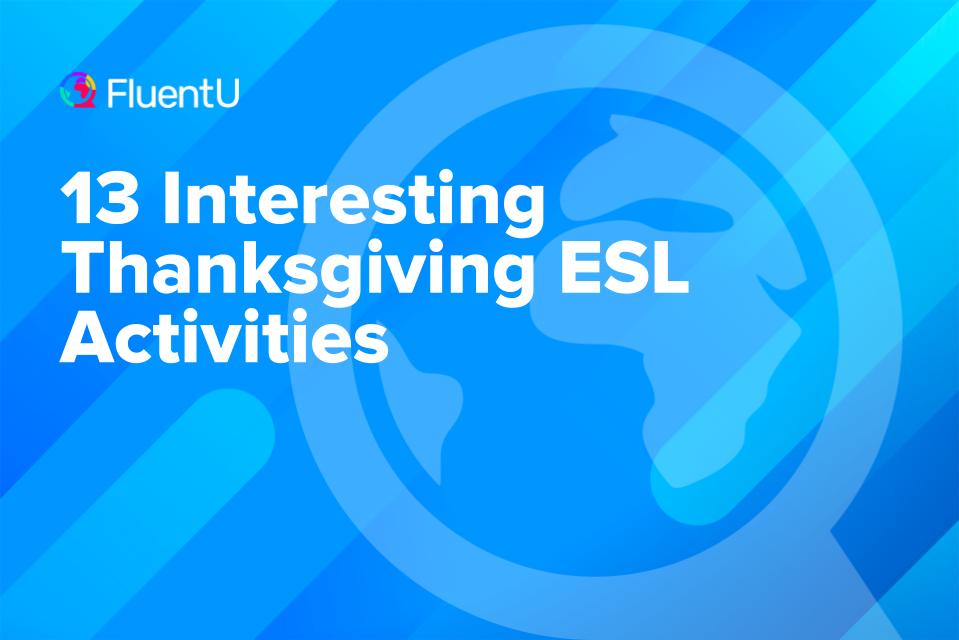
Many ESL students know little about the holiday we Americans celebrate each fall, yet it’s one of our most popular holidays. It’s a staple of American history and culture.
That’s why you should spend some time in class on it. Here are ten quick and easy ways to bring Turkey Day into the ESL classroom.
Download: This blog post is available as a convenient and portable PDF that you can take anywhere. Click here to get a copy. (Download)
1. What Are You Thankful For?
Thanksgiving, as the name implies, is a time to give thanks for the things and people in our lives we appreciate. Many families take a moment to share what they’re thankful for around the table on the actual holiday.
You can give your students a chance to talk about the things they’re thankful for with one or more classmates in a free discussion.
After students have talked, invite any volunteers to share their thoughts with the class. You could go around the classroom one by one, since we’ll often go around the dinner table this way at Thanksgiving and give everyone the opportunity to share with the whole family. You might also have students write a paragraph or draw a picture about the people or things for which they are thankful.
2. The Perfect Meal
Whether you call it stuffing or dressing, a traditional part of Thanksgiving is sharing a meal with family. Most people include turkey at the table as well as traditional favorites like stuffing, mashed potatoes, gravy, etc.
Take a few moments to share with your students how your family celebrates Thanksgiving at the table. Then invite them to talk about traditional meals in their culture, what foods they include and what occasions they celebrate.
3. Pass Your Plate
Thanksgiving is a holiday where families and friends come together to share a meal. Sometimes others are invited to the meal as well, including military service persons and international students. Invite your class to a faux meal in the classroom with this simple ESL activity.
Ask students to share with the class their perfect meal. It can be any kind of food either from their home culture or host culture or neither. They will create their perfect plate by writing the names of the foods and ingredients on an actual paper plate.
If you can, bring several food magazines into class so students can cut pictures from them and paste them on to a paper plate. If you don’t have any magazines they can use, just have students draw pictures on the plate. Or both! Then have students share with the class what foods they put on their plate and why.
4. The Turkey Bowl
Thanksgiving is a big day for professional football. Some ESL students don’t know anything about the American sport or are confused by the little they have heard. Take a few minutes one day before the holiday to review the basic rules of American football.
Let students ask questions and answer them as best you can. If you don’t feel like you can field their questions, invite someone to class who can. Play a clip of a game in class if you are able as well.
Then teach your students some common phrases to cheer on their team. If they are up for it, try playing a simple game of two hand tag football and practicing your cheers.
5. Everyone Loves a Parade
You might not like turkey or football, but everyone loves a parade, and there is none bigger than the Macy’s Thanksgiving Day Parade. Brief your students on Macy’s Thanksgiving Day parade, which has been around for almost one hundred years. (In 2024 it will celebrate its hundredth birthday.)
Show them some pictures of the balloons that have been used in past years. Then put your students in groups to discuss who they would like to see added to the parade—either in balloon form or in real life on a float.
Ask each student to write a letter to the parade planners suggesting their addition with reasons why that person or character should be added.
6. Thanksgiving Bingo
No matter what the season, Bingo is always a good go-to game for the ESL classroom. Thanksgiving is no exception.
Print out these Thanksgiving Bingo cards and review with your students the vocabulary associated with the holiday. Then play a round or two as your students practice their listening skills while learning the vocabulary.
If you want to make things even more challenging, try playing for different winning combinations like four corners, full card and edges. It will make the game a bit tougher and also teach your students some new vocabulary in the process.
7. Thanksgiving Charades and Pictionary
Now that you have gone over your Thanksgiving vocabulary while playing Bingo, take it to the next step. Divide your class into two teams and have one person from each team draw a vocabulary word out of a hat.
Then let them act out the word or draw a picture of it while their team tries to guess the Thanksgiving word. Charades and Pictionary are great fun and always get students’ energy levels up. It will also cement the holiday vocabulary in their minds as your students have a great time.
8. Thanksgiving Survey
How does the average person celebrate Thanksgiving? Find out by sending your students to the street with a simple holiday survey. To prepare, come up with a list of possible questions to ask strangers about Thanksgiving such as what is your favorite food, who do you eat with, do you watch football, etc.
Put students in groups of three and have each group choose three or four questions. Then send your groups out to talk to people on the street, in the mall or whatever public area near you has a good number of people. If you are abroad, you can ask your students to pay a visit to a tourist destination and find Americans there to ask.
If you don’t have any areas like that, it’s okay. Send your students to another classroom to ask others in your school. For each interviewee, one student should ask the questions and record the person’s answers.
After each member of the group has surveyed at least two people, tell your class members to come back together. Compile all of your findings in a bar graph and talk about the information you discovered.
9. The Good Old Days
This activity is good for reviewing mixed past tenses. Ask your students what they know about the first Thanksgiving. If they don’t know much, send them to your library to find out more.
Have groups of around four students talk together and compile the information they found. Then ask them to compare the first Thanksgiving to how the holiday is celebrated now. As groups discuss the past holiday and the present one, they might also discuss the general differences in life between that time and now. During the discussion, encourage students to use mixed past tenses.
10. Turkey How-to
Try showing this video on how to cook a turkey to your class. As they watch the first time, have them write down the basic steps in the process. Then let them watch the video again and have students add details to their notes.
After two or three times through the video, put students in pairs to compare their notes and then practice giving each other instructions on how to cook a turkey.
You can check out more food related videos (and more) on FluentU, where students can use interactive subtitles to learn new words with in-context definitions, and review what they’ve learned with flashcards.
If you want to give your students a real treat, bring in a roasted turkey and have a feast in class. Many ESL students have never had turkey before (or at least not one cooked in the same style) and will love the chance to experience an American Thanksgiving meal in class.
Don’t put all the prep on yourself, however. Invite your students or their parents to bring food in for the feast (it does not have to be traditional) or ask other teachers to share in the prep and the feast with their class. Do so always being mindful of possible allergies.
11. Thanksgiving Vocabulary Through Stories
Traditional Thanksgiving vocabulary words, such as “apple pie” and “gravy,” can be introduced on the board with pictures and practiced with vocabulary games, like word searches, word scrambles and crosswords.
If you’re looking to shake things up a bit, try teaching vocabulary through stories. This allows you to highlight key vocabulary relating to the holiday and showcases various aspects of Thanksgiving, such as its history, traditions and its more modern significance.
One story I recommend is “The Origin of Thanksgiving.”
This is a three-part story that details the history of Thanksgiving. It provides a summary of the holiday’s origins and how it’s often celebrated. Throughout the story, there are several words and phrases you might highlight, such as “feast,” “pilgrim” and “wild turkey.” This story is great for any age group and is probably best for students at an elementary or intermediate level of English.
12. Truth Versus Myth
Prepare a list of facts and myths about Thanksgiving. Make sure you mix them up and don’t make the myths too obvious.
In class, students must read, understand and decipher which statements are true and which are false. Encourage your ESL learners to work in pairs or small groups.
The first group to correctly guess which statements are facts and which are myths “wins” and can be given a Thanksgiving-appropriate prize. Save time at the end to go over the right answers with everyone.
13. Thanksgiving Idioms
There are dozens of idioms that use Thanksgiving-related vocabulary words. Take some time to introduce the most common idioms to your students. To prepare, create a worksheet where students must match the idiom with the correct definition. You can have students do this individually or by working in small groups.
This is a fun activity as learners must take their best guess at what the idioms mean. Go over the correct answers with the whole class.
Take this activity a step further by asking them to use the idioms correctly in their own sentences. These sentences can be written or spoken, depending on how you want to structure the lesson.
Here are some idioms you can teach your students:
- To go cold turkey
- To be stuffed
- To stuff your face
- To count your blessings
- To talk turkey
- To gobble up
- The gravy train
- As easy as pie
These tasks are a great way to help your students engage with the holiday of Thanksgiving.
Download: This blog post is available as a convenient and portable PDF that you can take anywhere. Click here to get a copy. (Download)
And One More Thing...
If you're like me and love learning languages through real-world content, FluentU is a game-changer. With FluentU, you're not just memorizing words—you’re learning how native speakers actually use them.
With our newest feature, you can now bring FluentU’s interactive tools to any subtitled content on YouTube or Netflix—or even import YouTube videos directly into your FluentU account!
You’ll also get access to a huge variety of content in our curated video library, from movie trailers to news clips, music videos, and more. The best part? FluentU makes this native-language content accessible for learners of all levels.
While you watch, you can tap on any word in the interactive subtitles to see a definition, an image, audio, and useful example sentences. Want to practice new words later? Add them to your flashcards with one click. No more pausing to look up and write down new words!
And FluentU helps you actually remember what you learn with personalized quizzes, plenty of example sentences, and extra practice with the words you find difficult.
Ready to start learning in a more natural, immersive way? Try FluentU on your computer or tablet, or download the FluentU app from the App Store or Google Play. Click here to take advantage of our current sale! (Expires at the end of this month.)
